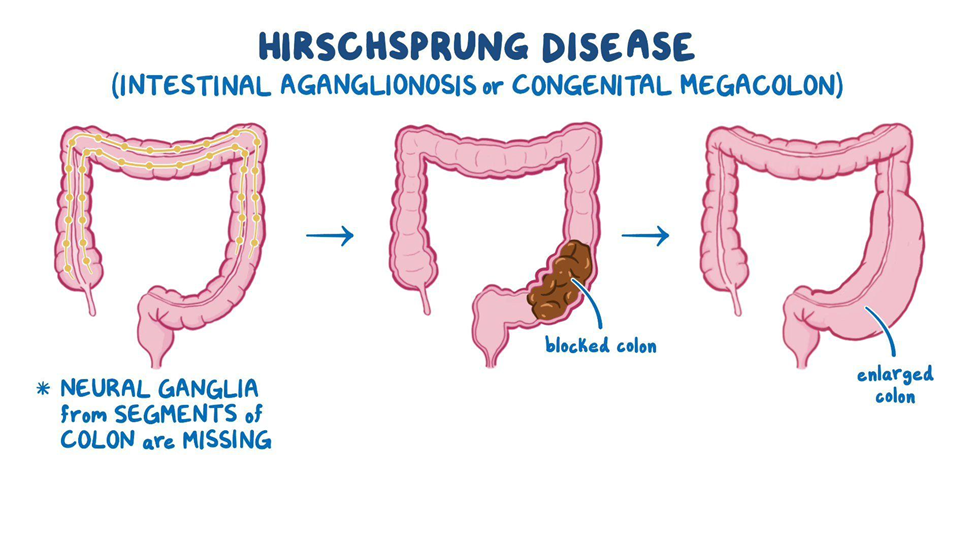A preschooler with a history of cleft palate repair comes to the clinic for a routine well-child checkup. To determine whether this child is experiencing a long-term effect of cleft palate, which question would the nurse ask the parent?
"Has the child had any difficulty swallowing food?"
"Does the child play with an imaginary friend?"
"Does the child respond when called by name?
"Was the child recently treated for pneumonia?"
The Correct Answer is A
A. "Has the child had any difficulty swallowing food?"
Explanation:
Cleft palate repair can impact various aspects of a child's development, and one potential long-term effect is difficulty with swallowing or feeding. This question is relevant to assessing the child's oral and feeding function, which can be influenced by the cleft palate repair.
B. "Does the child play with an imaginary friend?"
Explanation: Imaginary play and social interactions are not directly related to the long-term effects of cleft palate repair. This question focuses more on social and imaginative development.
C. "Does the child respond when called by name?"
Explanation: Responsiveness to one's name is a general developmental milestone and is not directly related to the long-term effects of cleft palate repair.
D. "Was the child recently treated for pneumonia?"
Explanation: While respiratory issues can be a concern in children with a history of cleft palate, this question is more specific to recent health issues and does not address the long-term effects of cleft palate repair.
Nursing Test Bank
Naxlex Comprehensive Predictor Exams
Related Questions
Correct Answer is D
Explanation
A. Diarrhea
Explanation: Diarrhea is not a typical sign of Hirschsprung's disease. Instead, the condition is associated with constipation due to the obstructed passage of stool.
B. Regurgitation of feedings
Explanation: Regurgitation of feedings is not a characteristic sign of Hirschsprung's disease. It may be seen in other gastrointestinal conditions, but not specifically in this disorder.
C. Projectile vomiting
Explanation: Projectile vomiting is not a typical sign of Hirschsprung's disease. It may be associated with conditions such as pyloric stenosis, but it is not a characteristic feature of Hirschsprung's disease.
D. Foul-smelling ribbon-like stools
Explanation:
Hirschsprung's disease is a congenital condition characterized by the absence of ganglion cells in the rectum and a portion of the colon. The lack of ganglion cells results in functional obstruction, causing stool to accumulate in the affected area. One of the hallmark signs is the presence of foul-smelling, ribbon-like stools, often described as "fecal pellets" or "pellets" due to the obstructed passage of stool.

Correct Answer is D
Explanation
A. 1 cup cooked rice: This exceeds the 1 oz serving size and is more than what the nurse is recommending.
B. Flour tortilla: The size of a flour tortilla can vary, but it often exceeds the 1 oz serving size, so it may provide more than the recommended amount.
C. 1 cup ready-to-eat cereal flakes: The volume of cereal can vary, and 1 cup of cereal may provide more than 1 oz of grains, depending on the type and density of the cereal.
D. 1 slice whole wheat bread: A standard slice of whole wheat bread typically provides around 1 oz of grains, making it an appropriate choice for the recommended serving size.
Whether you are a student looking to ace your exams or a practicing nurse seeking to enhance your expertise , our nursing education contents will empower you with the confidence and competence to make a difference in the lives of patients and become a respected leader in the healthcare field.
Visit Naxlex, invest in your future and unlock endless possibilities with our unparalleled nursing education contents today
Report Wrong Answer on the Current Question
Do you disagree with the answer? If yes, what is your expected answer? Explain.
Kindly be descriptive with the issue you are facing.
